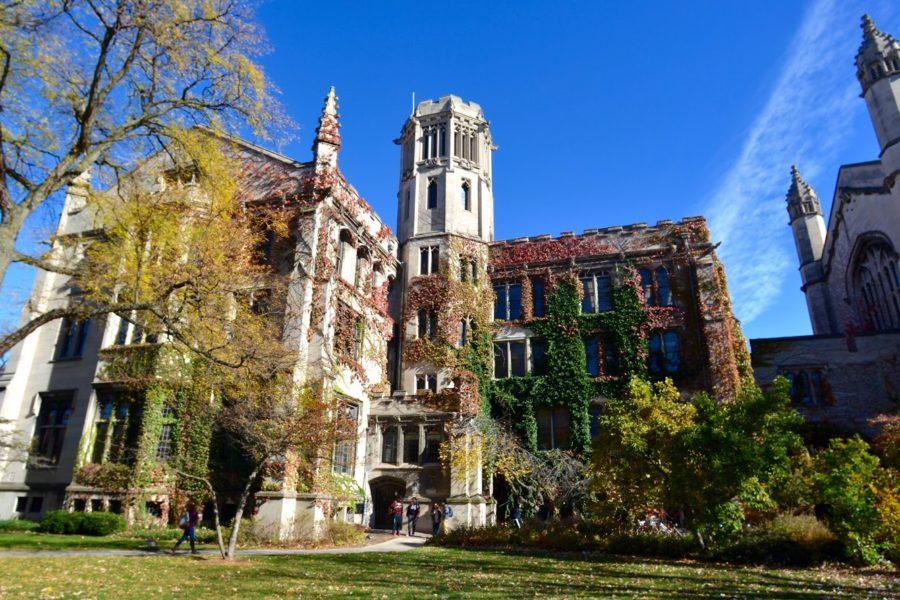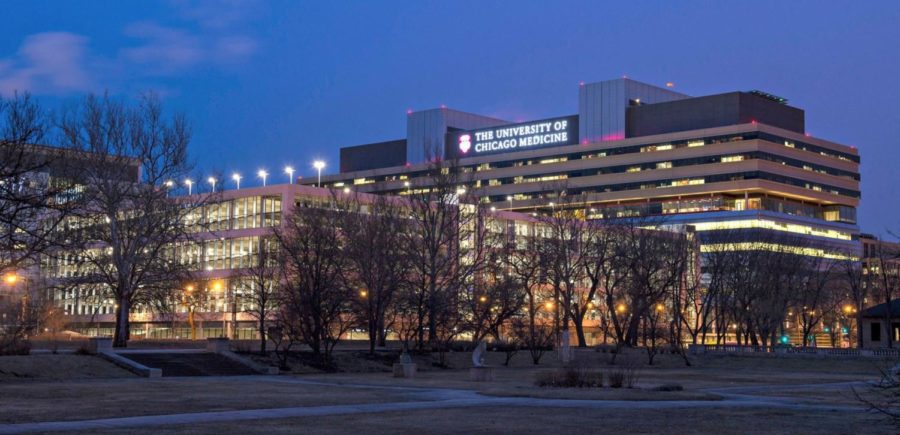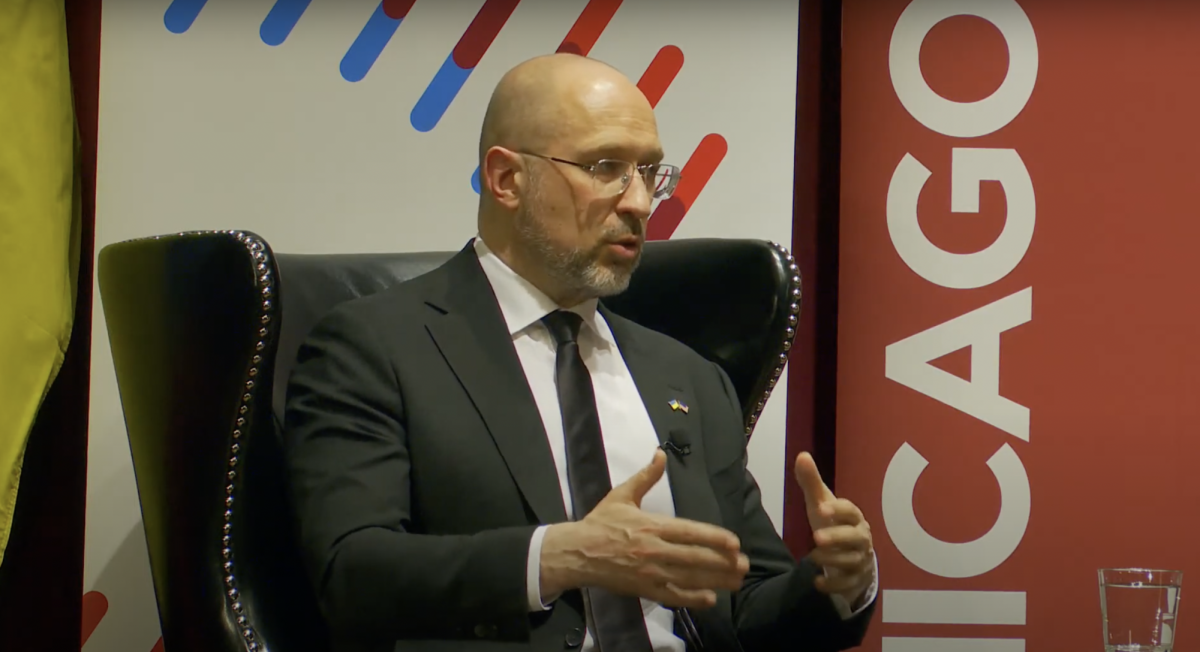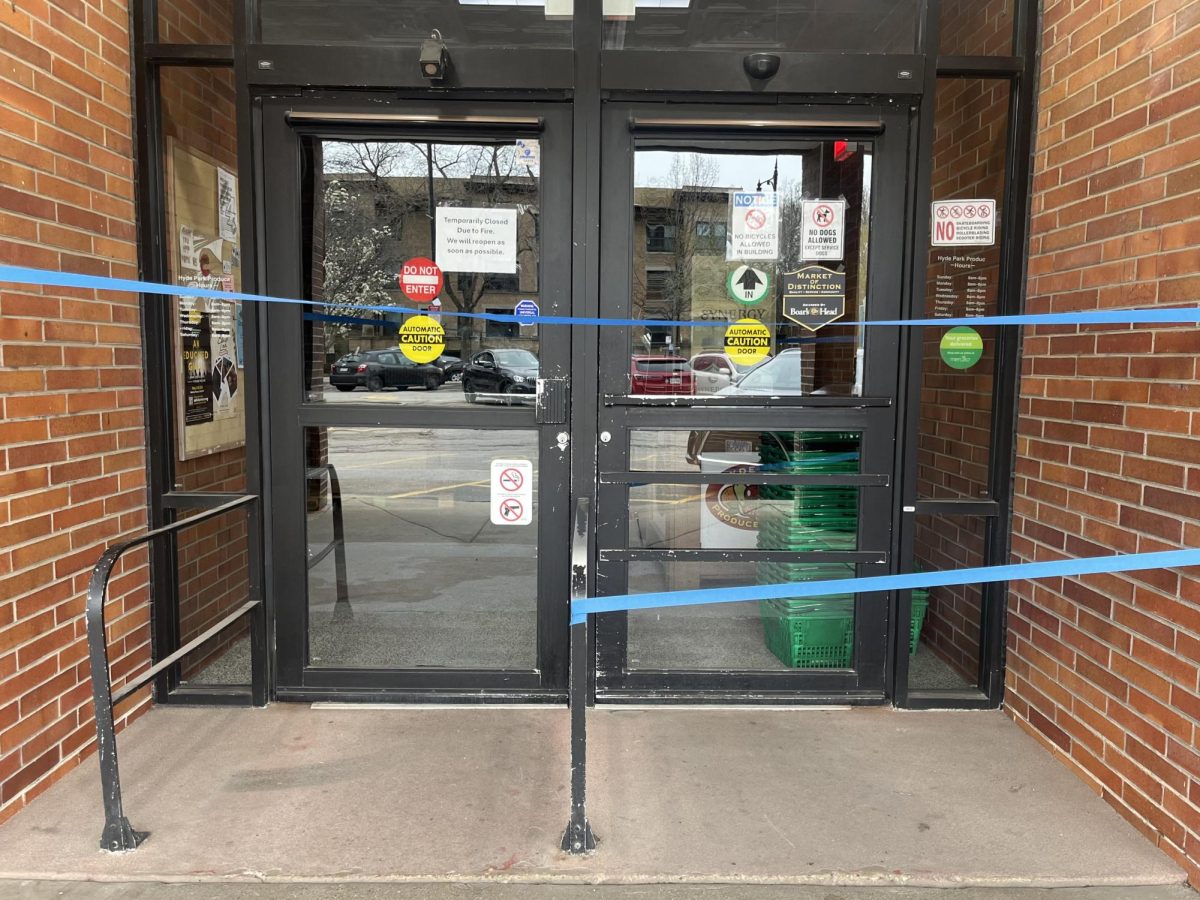While women are gradually gaining leadership positions in professional fields, a dearth of women persists in the sciences. The University of Chicago’s physical sciences department hosted a symposium on Friday, May 20, from 1 to 6 p.m., in an attempt to determine how people in the scientific community may be able to root out deterrents to women. The well-attended event was held in BSLC 106.
The first speaker, Rachel Ivie of the American Institute of Physics, focused on statistics about women in physics and astronomy. Ivie observed that nearly 50 percent of the students taking physics in high school are female, but that only 22 percent of students with A.B. degrees in physics are women. Only 18 percent of these receive Ph.D. degrees and only 10 percent attain faculty positions.
Ivie rebutted the common conception that this drop-off indicates a “leaky pipeline.” She insisted that the problem does not occur in higher levels of the field, but rather begins with subtle discriminations early in a student’s life. She said that there were more women with careers in physics before World War II, and she believes that pushing women to return to the home after the war has had lasting effects on the way women are treated when determining their careers.
Kimberlee Shauman, a sociologist from University of California-Davis, cited statistics that suggested it is common for women who earn B.A. degrees in science to enter college not expecting to pursue science. She used these statistics to argue for a need to solicit all entering females, and not only those who independently go to the science department. Science concentrators often have a lot of requirements, so it is likely that women may not decide to follow the field early enough, and could easily miss the chance to pursue science.
Even among individuals who attain B.A. degrees in science, women are half as likely as men to stay in the field, according to Shauman. She offered as explanations the low number of women entering the field, segregation by field and in the work environment, and the persistence of family gender roles in society. Children affect women’s career decisions 20 times more than men’s.
Larry Summers infamously cited some of Shauman’s data, which shows that women have scored lower on standardized math tests than men. Shauman explained that he misused her data, and that scores on these exams are poor indicators about possible success in science.
Diane Dickel, a fourth-year in the College graduating with a degree in biological sciences, agreed with Shauman. “Science is so much more than math,” she said. “Most scientists must also be able to convey their research in a clear manner and have good technical lab skills, two things not measured by standardized math tests. I don’t think that this aspect has really been discussed a lot in the media coverage, and I’m glad that Dr. Shauman included it in her talk.”
Londa Schiebinger, a professor of history of science at University of California-Davis, discussed the history of women in science, noting that the lack of women scientists is a modern—rather than historical—problem. In the 1700s, just under half of the world’s astronomers were female, and now, that figure has dropped to approximately eight percent. Schiebinger sparked vocal dissent from the crowd as she strongly advocated that more scientists be trained in gender analysis. She said that not requiring undergraduates to have gender studies as a component of their education encourages “cultural ignorance” to persist.
Timothy McKay, a physics professor at the University of Michigan, spoke last, and discussed how the issue of women in science has been addressed at the University of Michigan. McKay noted that though universities enter late in the process of forming female attitudes toward science, he believes that universities have great potential to rectify the issue because it is so common for college experiences to allow students to reinvent themselves.
Maire Daly, a fourth-year in the College, said she liked the structure of the event: “Data about women in science, theories about how to change the atmosphere for women, and then a presentation about what has been done at another institution.” She added, “It would have been nice, however, to see some discussion about the known biological facts about cognitive gender differences.”
5-24-05-jack-womeninscience.jpg









